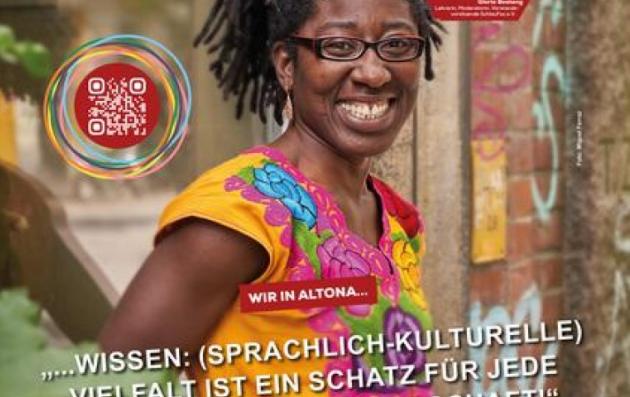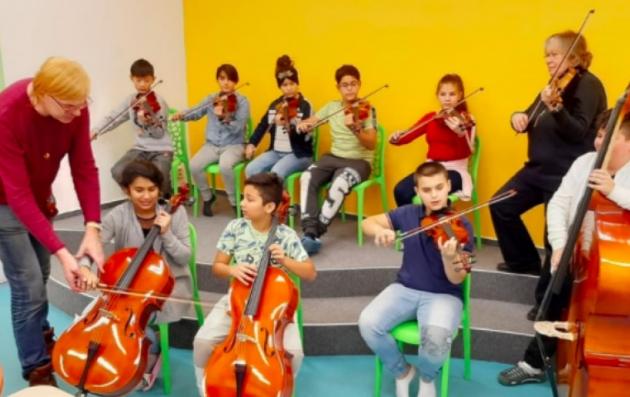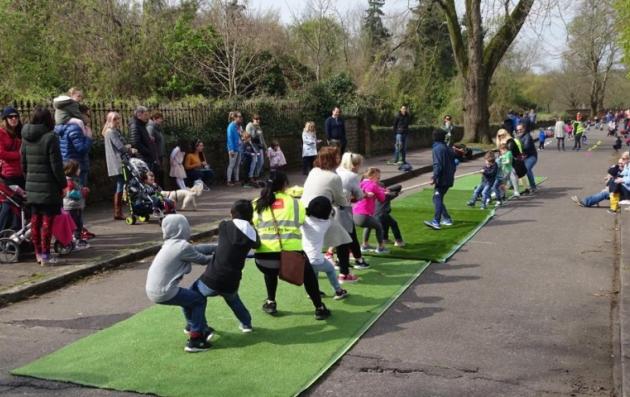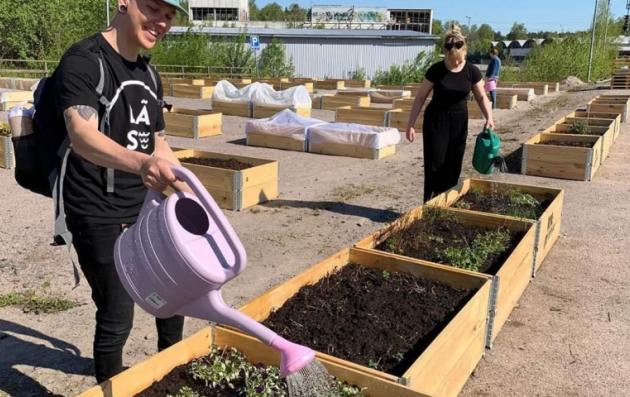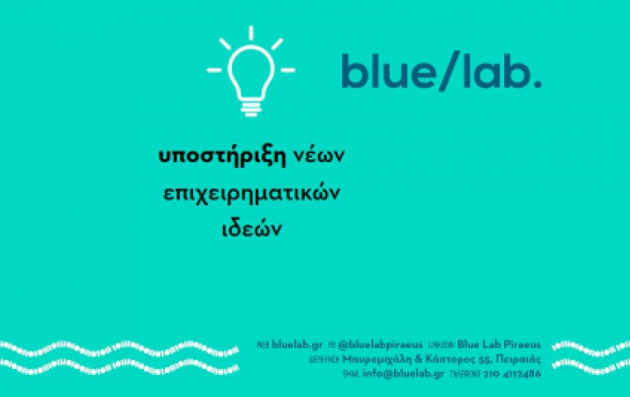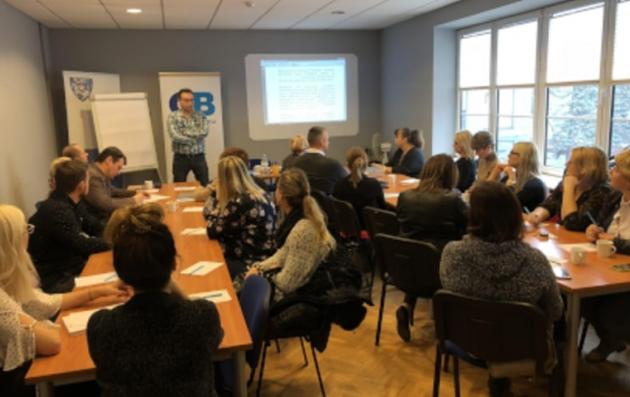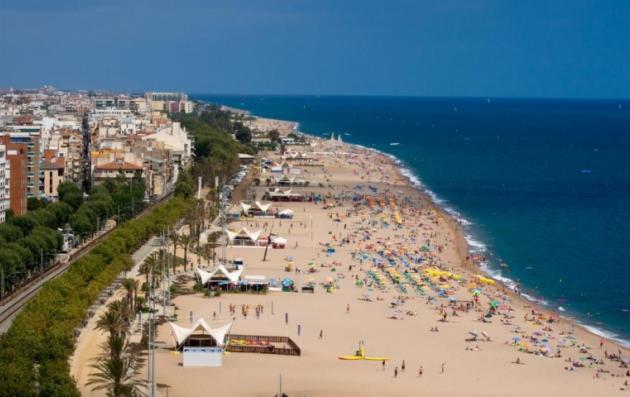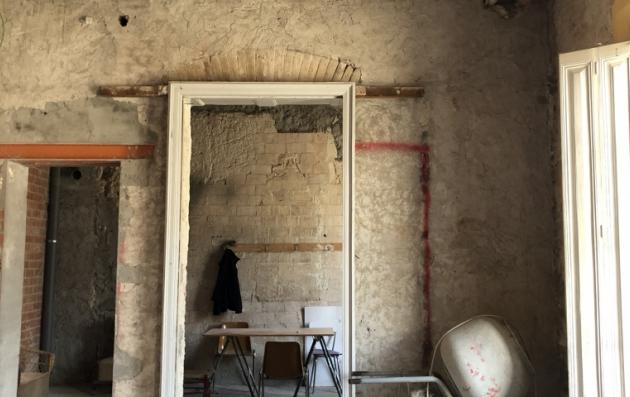Building municipality- NGO cooperation
A new ecosystem of spaces for public-civic cooperation
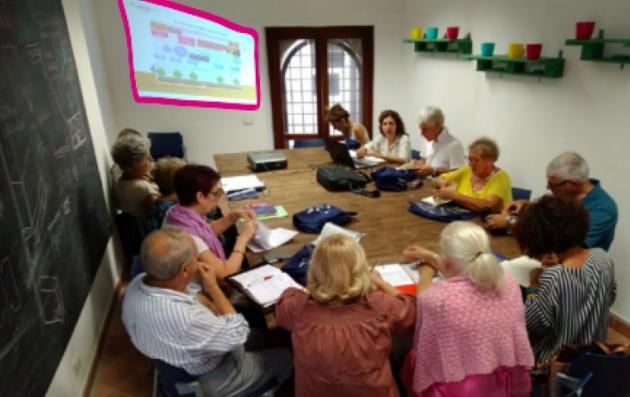
Summary
The city of Siracusa has created a new ‘House of Associations and Volunteers’ transferring the practice of of the city of Riga leading the ACTive NGOss Transfer Networks, and a comprehensive governance model that sees as protagonists the local NGOs and the municipality, by boosting the uses and linking three civic spaces located in strategic locations in the city.
Solutions offered by the good practice
Through the experience of ACTive NGOs, Siracus succeeded to organise the co-management of new social aggregators regulated by a Protocol of Understanding among the Municipality and 27 associations active in the city.
Siracusa is a medium-sized city on the east coast of Sicily. With its rich ancient past, the city is listed by UNESCO as a world heritage site. Its main economy is tourism but its population suffers from under investments on utilities and infrastructure due to public budget cuts on social services, and endemic unemployment especially hitting the youngest population and migrants. In order to address some of these issues, the municipality wanted to cooperate more closely with various social and economic actors, and involve NGOs in promoting social inclusion and citizen participation. However, NGOs had limited opportunities and needed better physical spaces to carry out recreational, cultural and social activities, training courses, and citizens’ services.
In this frame, Siracusa wanted to experiment locally the Riga practice of the NGO house. Riga’s relied on substantial public funds for its large structure and dedicated staff, but this was not the case for Siracusa, which then decided to adapt the Riga example starting from the local resources. These were the three, already existing but dormant, civic spaces needing better management.
The solution is therefore a formalisation, through a “Protocol of understanding”, of the common use by NGOs of these under-utilised civic spaces:
- The Citizens’ House, a social center in the periphery of Siracusa, called La Mazzarona. The Citizens’ House was first established in 2015, after the city of Syracuse decided to join the GeniUS! URBACT II Transfer Network. La Mazzarona district presented many challenges, including high levels of unemployment, social exclusion and poverty. At that time except from a school, no services were available for the neighborhood’s residents. Public participation was for the first time activated in La Mazzarona thanks to the GeniUS! project, but the project encountered a halt which have been revitalised through the project House of Associations and Volunteers resulting from the ACTive NGOs URBACT III network.
- The Officina Giovani, (Youth Lab) located in the historic center of Ortigia, a space inaugurated in 2015 dedicated to aggregation and participation of the city’s youth.
- The Urban Center, located in the nineteenth-century city center, a space newly restored dedicated to citizens and local associations. Because of the Covid-19 pandemic the Urban Center has been temporarily converted into a Covid-19 vaccine location.
The three civic spaces are meant for organizing seminars and workshops, laboratories, events and thematic talks to address societal issues.
Sustainable and integrated urban approach
The case of Siracusa shows three main aspects of sustainable integration as intended in URBACT.
The first aspect is the vertical integration (the cooperation between all levels of government and local players’ among municipal sectors), a salient feature of this Siracusa case. The cooperation among the municipal administration and local associations, sharing ideas and objectives for the House od Associations and Volunteers is an important milestone considering that this form of cooperation was not experimented before. Through ACTive NGOs the local associations started to get to know each other, imagining new possible synergies while changing their position towards the local administration: from bodies mostly depending and benefitting from the public budget towards active subjects proposing, sharing visions and collaborating for better service provision. This reduced dependency from the public administration, the sharing of responsibilities by NGOs in the project is also a promise towards the self-sustainability of this practice.
The second is the territorial integration: the three NGO houses centers’ locations represent the decision of creating a spatial ecosystem that could cover the whole city.
The third is the combination of soft and hard measures by investing in refurbishing and ameliorating existing structures, combined with the investment on socio-cultural and inclusive activities.
Participatory approach
From the earliest stages of the project, participation has been essential. Looking at the experience of Lead Partner Riga, in 2019 an ad-hoc multi stakeholder URBACT Local Group (ULG) was created made up of municipality representatives and 27 associations active in the city. The ULG intensively worked with more than 15 meetings. This process of exchange led to a co-designed and co-written Protocol of Understanding to manage what is now in Sicuracusa called new Houses of Associations and Volunteers (Casa delle associazioni e dei volontari), signed by ULG members. The Protocol “defines the places, responsibilities and governance of a system made of the three Houses of Associations and Volunteers,” explained Caterina Timpanaro, an expert who supported Siracusa in the process. After signing the protocol, the associations elected their governing bodies and began to operate autonomously.
With this the municipality is learning the new role of supervisor, dedicating exclusive structures to associations, while listening to the needs to various stakeholders incorporating them into public programs and activities.
What difference has it made
The ACTive NGOs Network has given the opportunity to experiment a mode of cooperation of public and private sector creating new and effective synergy between the municipality and NGOs. The creation of a Protocol of Understanding is the tangible results establishing this collaboration to which local actors will refer to beyond the lifetime of the URBACT ACTive NGOs network:
The immediate next step for the municipality and local associations is to plan an innovative grand opening with residents, pending appropriate Covid-19-related arrangements.
In the longer term, Siracusa’s challenge will be to establish more structured cooperation between institutions and NGOs to change the nature of local services, based on a systematic involvement of citizens and associations.
Transferring the practice
Transferring Riga’s good practice meant to adapt the city’s trajectory to Siracusa’s particular history, driving forces and inertia in public-civic cooperation: in contrast with Riga’s fully municipality-financed and managed NGO House, in Siracusa the municipality provided the three civic spaces and then decided to step back and collaborate with local associations to co-develop and manage their spaces. The associations in fact elected their own governing bodies and began to operate autonomously from the municipality.
As an ACTive NGOs partner city, benefited from sharing methodologies, tools and knowledge from the other network cities. As examples Siracusa learnt the value of stakeholder “mapping” as an effective tool in the short and long term, helping improve and expand the knowledge from Santa Pola (ES) and has been inspired with new ideas for recreational activities (morning coffee, football matches, etc.) fundamental both for the ULG's commitment and for the activities with the residents from Brighton (UK). Dubrovnik (HR) proved that public administrations can use physical resources to create strategic locations and channel various funds, which Siracusa found “very inspirational”.

